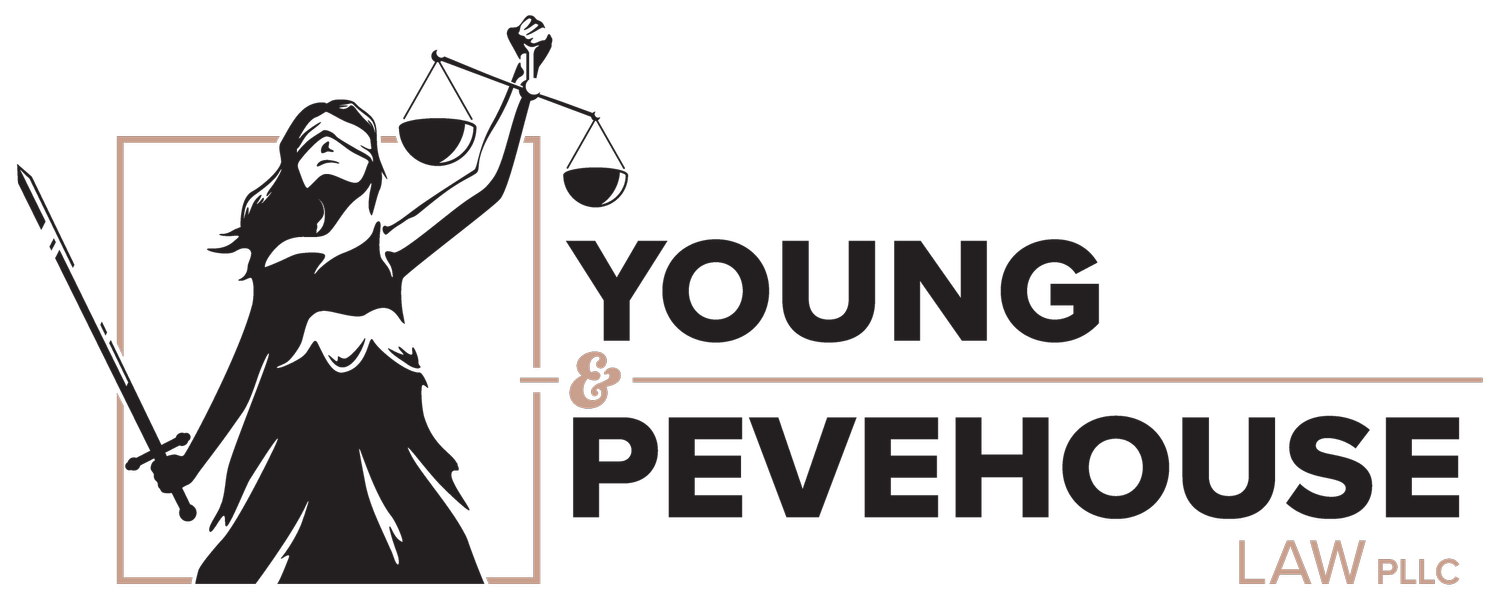Putting Children First: Custody and Co-Parenting in Divorce
1. Types of Custody: Legal vs. Physical Custody
Custody arrangements typically involve legal and physical custody. Legal custody refers to the authority to make decisions about a child's upbringing, such as education, healthcare, and religious practices. Physical custody determines where the child resides.
Sole Custody: One parent has both legal and physical custody.
Joint Legal Custody: Both parents share decision-making responsibilities.
Joint Physical Custody: The child splits time between both parents' homes.
Understanding the distinctions between these arrangements is essential for creating a custody plan that aligns with the best interests of the child.
2. Co-Parenting Tips: Establishing Effective Communication
Successful co-parenting requires effective communication and cooperation between parents. Putting aside personal differences and focusing on the needs of the child is paramount. Some tips for successful co-parenting include:
Maintaining open and respectful communication.
Creating a consistent schedule for the child.
Collaborating on major decisions affecting the child.
Keeping children out of conflicts between parents.
Effective co-parenting can significantly contribute to a child's emotional well-being and stability during and after a divorce.
3. Creating a Parenting Plan: A Comprehensive Approach
A parenting plan is a formal agreement that outlines the details of custody, visitation schedules, and decision-making responsibilities. This document serves as a guide for both parents, reducing ambiguity and potential conflicts.
A well-crafted parenting plan considers the child's age, routine, and specific needs. It may be adjusted as circumstances change, ensuring that the plan remains in the child's best interests.
Part 4 underscores the importance of prioritizing children in divorce proceedings. Understanding the types of custody, implementing effective co-parenting strategies, and creating a comprehensive parenting plan are crucial steps toward fostering a stable and supportive environment for children post-divorce. In the final part of our series, we'll explore the role of legal representation in divorce, emphasizing the importance of choosing the right attorney and understanding your rights throughout the process.

